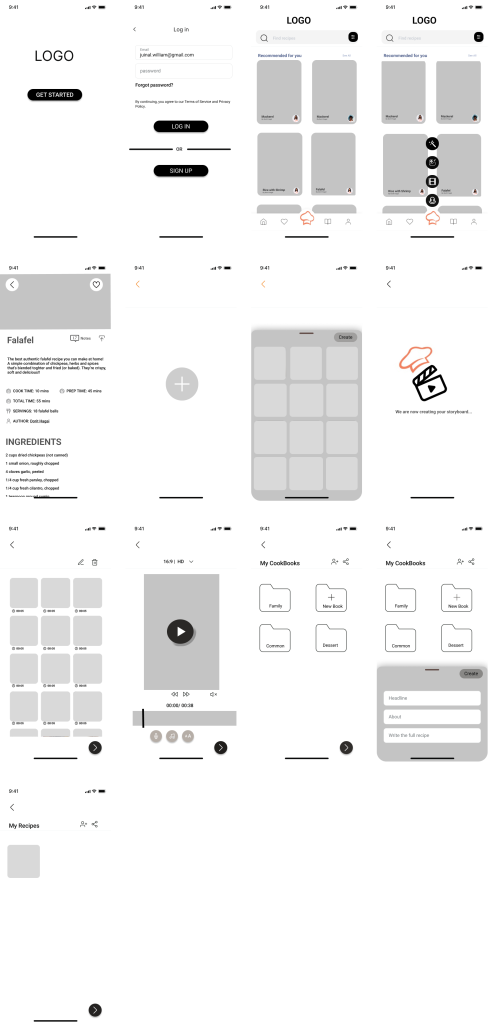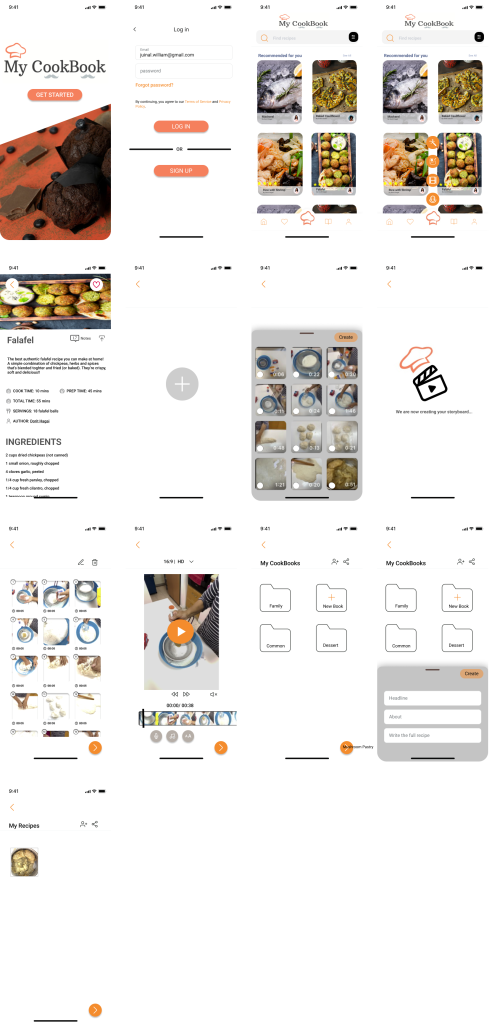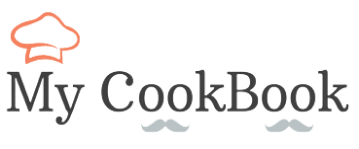
MyCookBook was born from my love for food and the need to organize all the successful recipes I’ve created over the years. As a foodie who loves experimenting with new dishes, I often struggle to find my favorite recipes across various websites. I wanted a single platform to store, access, and easily share my recipes. With MyCookBook, I can upload videos, photos, and detailed instructions—all in one place, making my cooking journey simpler and more organized.
Scroll for the story, or jump to solution here.
TL;DR.
Problem.
- Love cooking and trying new recipes.
- Struggled to find past successful recipes scattered across various websites.
- Needed a single place to organize, access, and easily share recipes with detailed instructions, videos, and photos.
Solution.
- MyCookBook centralizes all recipes in one app.
- Organizes recipes by category.
- Allows uploading videos, recordings, photos, and detailed instructions.
- Easy sharing with friends and family.
My Role.
- Led user research to identify needs and challenges.
- Designed and prototyped a user-friendly interface.
- Conducted usability testing to ensure accessibility.
- Collaborated with development to align with the vision.
Problem Space.
How can home cooks efficiently manage and share their favorite recipes?
The challenge for many home cooks and food enthusiasts lies in managing a growing collection of recipes spread across various platforms and sources. This disorganization leads to frustration, time wasted searching for recipes, and difficulty in sharing favorite dishes with others. Additionally, existing tools may not provide the flexibility needed to store multimedia content such as videos, photos, and detailed instructions, which are crucial for accurate recipe replication.
Our approach to solving these issues:
- Centralized Recipe Management: Developed a system that allows users to store all their recipes in one convenient location.
- Easy Access and Organization: Implemented features that let users categorize and quickly retrieve recipes based on their preferences.
- Multimedia Integration: Enabled uploading of videos, photos, and recordings, ensuring that users can save every detail of their culinary creations.
- Simplified Sharing: Provided simple sharing options to allow users to effortlessly share their recipes with friends and family.
Key Insights.
Here’s what I discovered.
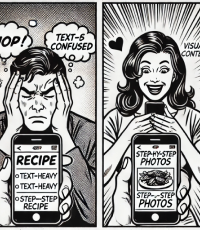
1. Users prefer visual content over text-heavy recipes.
Users are more likely to follow recipes with step-by-step photos or videos rather than just text.
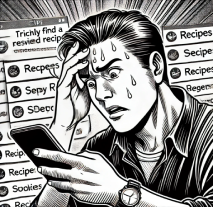
2. Difficulty finding saved recipes quickly.
Users expressed frustration when trying to locate previously saved recipes easily.
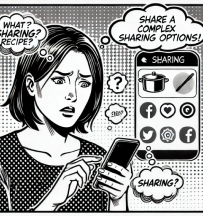
3. Sharing recipes wasn’t as seamless as expected.
Some users found it cumbersome to share their saved recipes with friends or family.
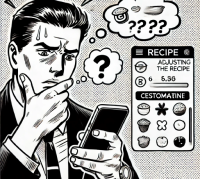
4. Lack of apps that allow personalized recipe adjustments.
Users noted that there aren’t enough apps that let them easily adjust and save recipes to fit their personal needs.
UX Phase.
Making recipe management more intuitive.
Here are some of the questions I asked myself during this stage:
a. How can we simplify the process of saving and organizing recipes to ensure users can quickly find what they’re looking for?
b. What additional customization options can we offer to allow users to personalize and adapt recipes to their individual tastes and dietary needs?
c. How can we make sharing recipes with friends and family more intuitive and seamless, reducing any friction in the process?
The Solutions.
Here’s how I ended up solving core issues.
Challenge No. 1:
How can users efficiently organize recipes?
The interface allows users to add photos, videos, and text into a single recipe card. The goal was to create an intuitive experience where users can document each step of their recipe using rich media. Users can upload videos, multiple recipes, and images, and arrange the recipe according to their personal preferences. If they wish to modify an existing recipe, even if it’s not their own, they can edit it and save it under a relevant folder.
Challenge No. 2:
How can users easily save and retrieve recipes?
The final design displays a clear folder structure where users can categorize their recipes (e.g., “Family Recipes,” “Desserts,” “Favorites”). Alongside this, the search feature offers filtering by ingredient or recipe type, which minimizes the time spent locating a saved recipe.
Challenge No. 3:
How can users easily share recipes?
The interface includes a simple share button, visible on every recipe card. By tapping the share icon, users can instantly send recipes to friends or post them on social media without leaving the app.
Lessons Learned/ Next Steps.
Simplifying User Processes and Setting Clear Boundaries
During the development of MyCookBook, I realized the importance of setting clear boundaries in the development process while simplifying the user interface. Early in the project, I encountered challenges such as efficiently managing recipes, organizing multimedia content like videos and photos, and ensuring a seamless user experience for sharing recipes. While maintaining flexibility was important, I learned the value of adhering to the original project scope to avoid overcomplicating the system.
A key takeaway was understanding the critical need for detailed and early documentation of the project’s scope to prevent scope creep and ensure the project stays on budget and on time. By leveraging user research and usability testing, I was able to balance flexibility with practical solutions that aligned smoothly with the app’s original vision.

